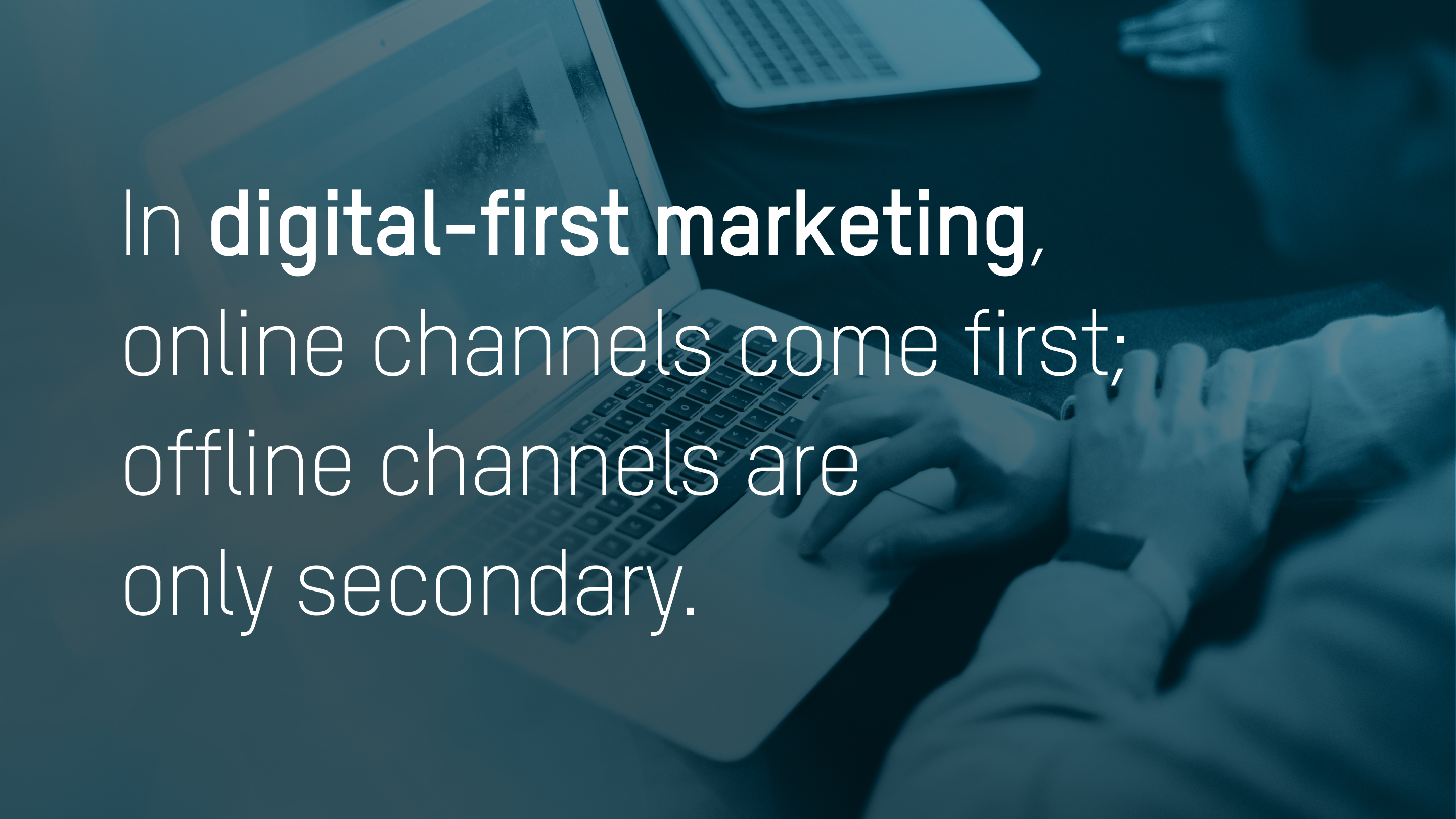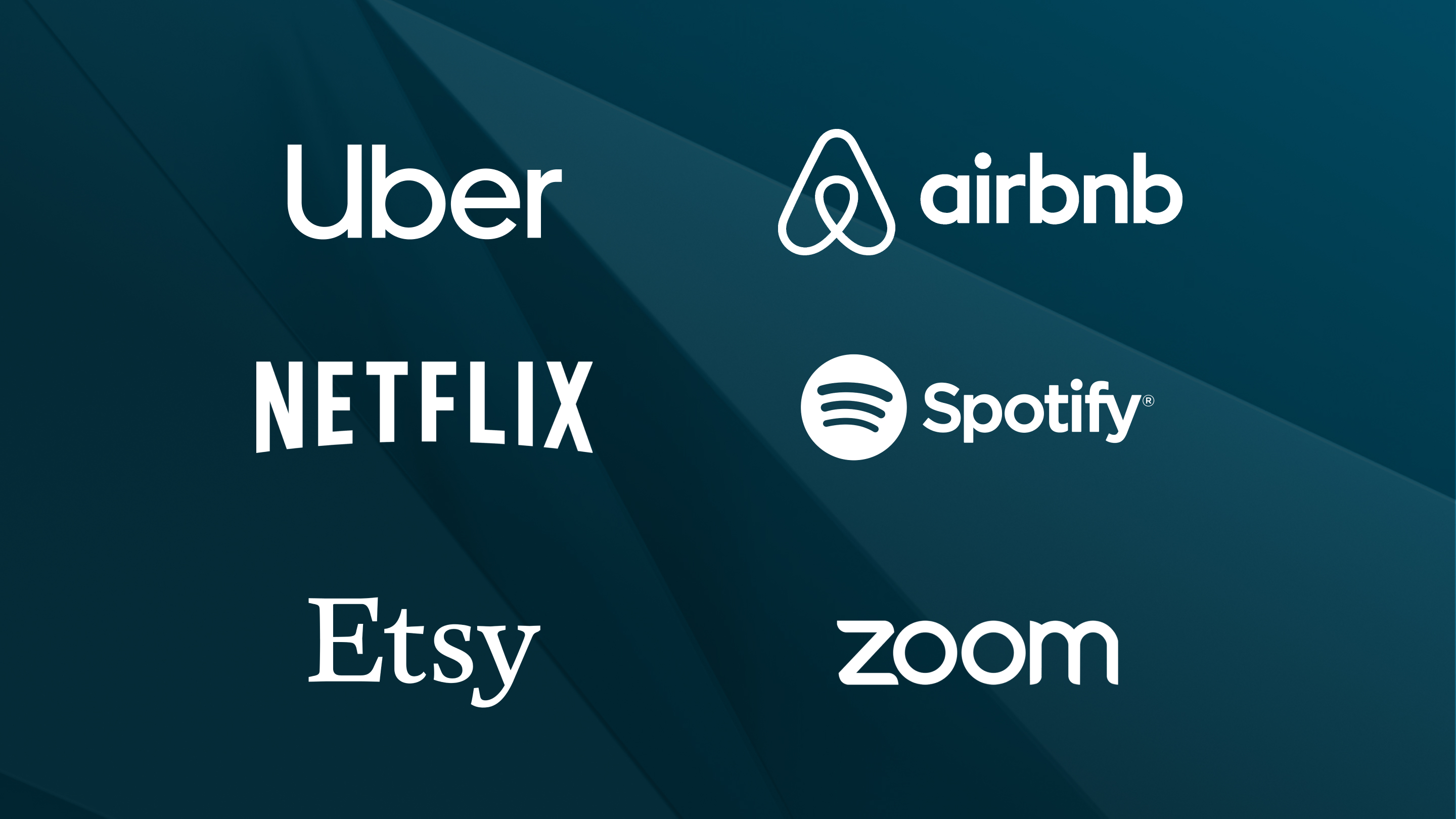From Traditional to Digital-First: The Modern Approach to Branding

For over 50 years, brands have reached consumers using print and broadcast media channels—from sprawling roadside billboards to half-page newspaper ads to 30-second TV commercials. For a time, this traditional form of branding was effective, but that's no longer the case.
Brand discovery starts online
Times have changed, as they say. Consumers no longer rely on traditional offline sources like TV, radio, or print to discover and learn about brands like they did in the past. They now seek information largely online—and through various digital platforms like websites, social media, email, and search engines (“Just Google it”).
Today, brand discovery typically takes place through online channels, and these often form the initial touchpoints of the customer journey. Having an online presence makes brands far more accessible; a wealth of information can be made available with a simple click. So it makes sense that consumers take this route during the pre-purchase stage.
Because of this, more and more brands are actively investing in digital, from improving e-commerce integrations to bolstering their social media presence. But digital transformation goes beyond simply adopting technology into traditional business models. At its core, it means thinking and acting digital-first (the so-called digital-first mindset).
What is digital-first branding?
Digital-first branding involves ensuring every part of your brand identity system is thoughtfully designed and optimized for the best possible digital experience. It’s recognizing that digital channels should be strategically prioritized over traditional media channels.

However, traditional media isn't entirely irrelevant in digital-first branding; it just assumes a secondary role. In digital-first branding, brands should make sure traditional channels are aligned with digital channels, not only to build a cohesive experience but also to successfully transition consumers from offline to online.
With digital-first branding, the main goal is no longer to guide consumers through a linear sales funnel like that of the traditional approach. In digital-first branding, the primary focus is to nurture relationships through the digital channels consumers actively use, enabling brands to become a valued presence in their customers’ lives.
Part of digital-first branding is fostering an “always-on” connection with consumers. This means consumers can engage with the brand around the clock on any given day. This is in contrast to traditional media, which has a cap on timing and availability. The beauty of being digital-first is that it promotes a sense of immediacy in communication (real-time connection).
Can traditional brands go digital-first?
Is digital-first branding applicable for brands with traditional products and traditional employees but no digital capabilities? The answer is yes. Even companies with traditional business models can adopt a digital-first approach to branding.
Traditional businesses can develop digital capabilities that support their brands to become digital-first. To illustrate: Starbucks follows a traditional business model, but it's transitioning to a digital-first strategy by integrating digital products like apps and websites into its operations. It developed a mobile app enabling customers to place orders through their smartphones to skip long in-store lines.
There’s also Disney. Through its MagicBand system, Disney introduced RFID wristbands to consumers that serve as multipurpose tools for mobile payments, park access, and room key access within Disney's theme parks and hotels. Even though Disney is a traditional company, it has successfully integrated digital elements into its business model and overall branding strategy.
This strategic shift in Starbucks and Disney has allowed them to stay competitive and become strong digital brands, offering enhanced traditional marketing and digital customer experiences. But digital-first is also applicable to brands that only exist digitally.
What about all-digital brands?
Some brands have built their entire business models on digital. Without their digital platforms, they simply wouldn't exist. Think of Uber, Airbnb, Netflix, Spotify, Etsy, and Zoom. These brands primarily offer digital services, instead of traditional products. For businesses of this distinct nature, digital-first branding is more focused.

For brands like this, the digital-first approach places a strong emphasis on the consistency of customer experience across digital touchpoints and the reliance on data and analytics to understand consumer behavior while still exploring methods that align with offline channels. The digital-first approach is not only superior to a traditional approach in this case, but it’s the only practical branding option digital brands have.
What is Rhythm’s Approach to Digital-First Branding?
Is it time to embrace a digital-first approach? If it's been a while since you've updated your brand, this could indicate the need to shift toward a digital-first strategy.
At Rhythm, we develop brand identity systems with a digital-first mindset and work with brands to help them understand their entire customer experience. We focus first on digital touchpoints and then make sure that offline channels including print advertising, TV, radio, and events are unified with the digital experience. This alignment serves to not only engage audiences but also to ensure their successful transition from offline to online platforms.
When we work with brands, we take the time to really understand how their businesses operate, what their overall business goals are, who their target and potential customers are, past and current marketing strategies, brand positioning, brand identity, competitive landscape, and more. Above all, we consider their digital capabilities and how they can set themselves apart from the competition in the digital arena.
Clearly, today’s consumers are expecting a lot more from brands than they ever have before and they’re looking to digital to boost brand awareness and deliver greater brand value to customers. Rhythm works with brands to develop the following brand guidelines for a stronger digital presence:
Verbal Expression
- Brand Promise
- Brand Characteristics (Values, Attributes & Personality)
- Organizational Statements (Purpose, Vision & Mission)
- Tagline
- Brand Manifesto
- Market-Facing Messages
- Digital Capabilities
Once the verbal brand expression is developed, we focus on how the brand is visually expressed in the digital world. While typography, colors, images, and compositions are still vital parts of a brand's visual expression, we need to focus on the elements that become a crucial part of a brand’s DNA in today’s digital landscape. We define transitions, animations, and micro-interactions. We take a look at how a brand should be expressed through an overall user experience strategy.
Visual Expression
- Digital Style Guide
- Logo Mark (with defined variations for specific digital channels)
- Color System
- Typography
- Favicon
- UI Style Kit (with micro-interactions)
- Imagery (photography, illustration, and parameters)
- Expression Guide – visual storytelling with a strong focus on digital
- Digital Brand Book
Once complete, we deliver a Digital Brand Book—a microsite that contains the verbal and visual brand expression, and all brand assets needed to keep a brand up to date and consistent. This Digital Brand Book can be shared with vendors, PR agencies, other partners, and internal teams.
If you're considering a fresh, digital-first approach to branding, drop us a line.